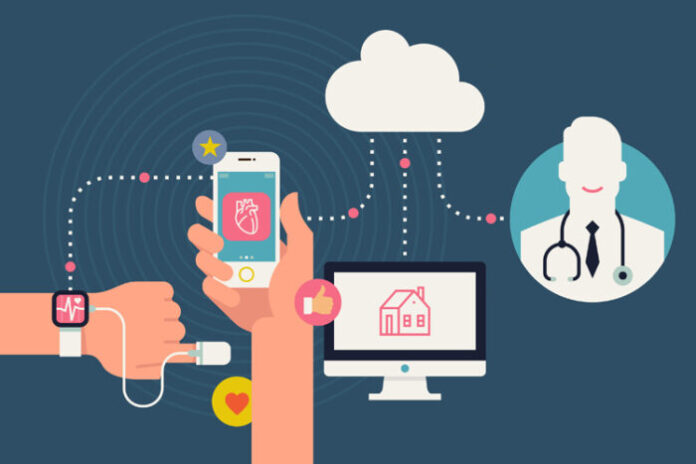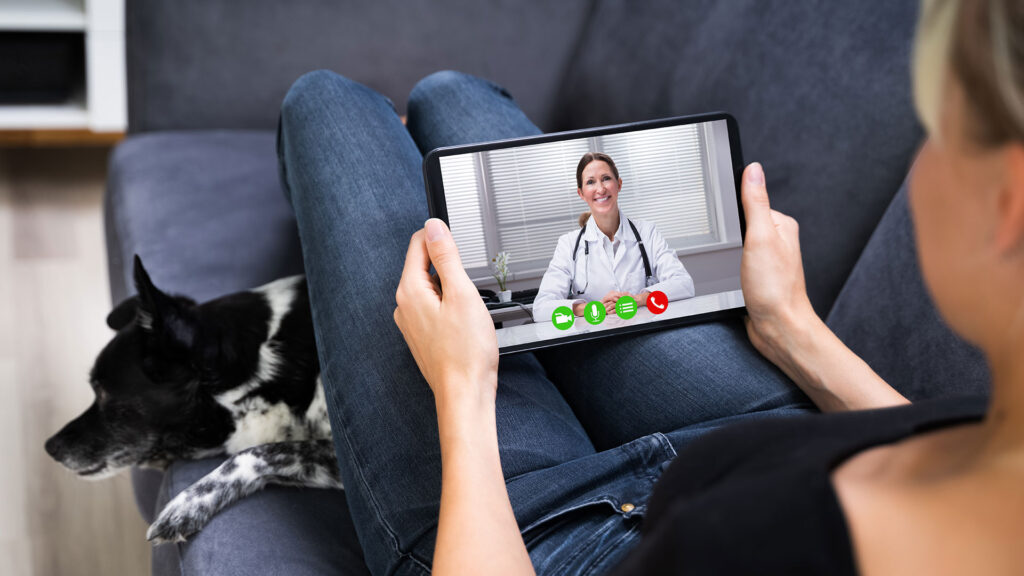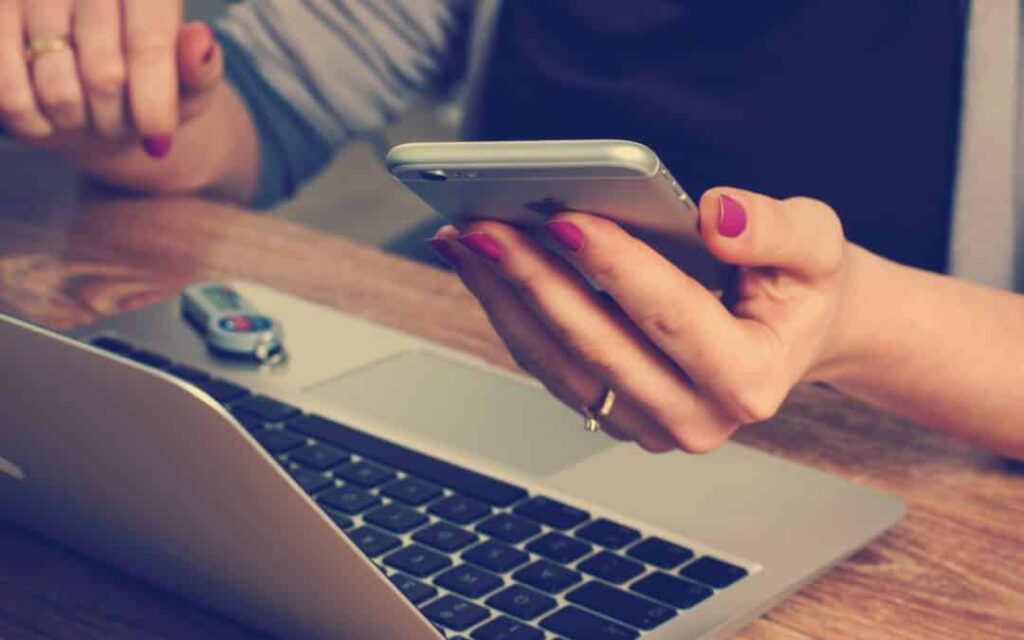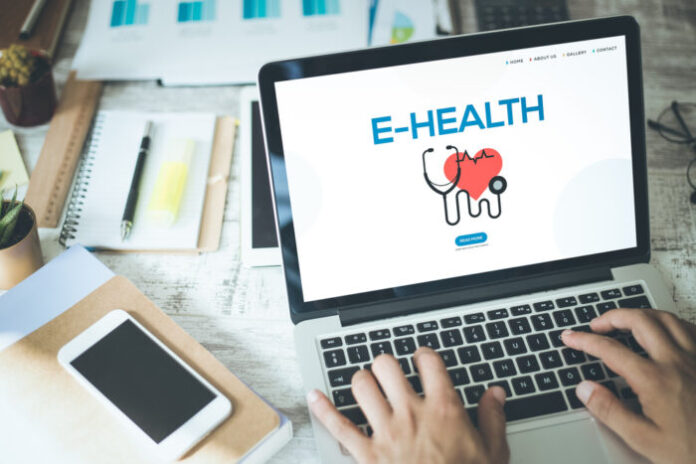In today’s world, where IT technologies are developing rapidly, it would be surprising if these innovations did not touch the healthcare sphere. Among the main trends in this direction is mobile health (mHealth). Through mobile apps, doctors and pharmacists can provide patients with safer and more effective care while patients can monitor their care and increase adherence to therapy. These apps help you maintain a healthy lifestyle and monitor your condition by reminding you to take medications on time, monitoring body performance indicators and helping to provide telemedicine services. We propose to find out what stage this innovation is at in its development, what its benefits are, and what risks accompany the choice of this approach to healthcare.

A global approach to mHealth
In May 2018 the 71st session of the World Health Assembly adopted a resolution on mHealth, which subsequently triggered the development of a WHO global strategy in this direction. In this context, it is important to note that the main goal of mHealth was to provide all patients with quality health information and pharmaceutical care to meet their health needs.
The primary reason for setting this goal is that many low- and middle-income countries face challenges in providing timely and effective health care. This trend is justified by several economic constraints, geographic barriers, and labor shortages.
Based on technological features, mHealth mobile apps are one option to solve such problems.
Benefits of mHealth
As humanity becomes increasingly immersed in the realm of digital technology, medical software development from companies like Redwerk is being developed that allows people to self-monitor their treatment and make healthy lifestyle choices on a daily basis. The greatest benefit from the development of MHealth gets, without a doubt, the patients. The use of mobile applications allows a person to control their medical care more competently and conveniently. This self-service mechanism is especially preferred for patients with chronic conditions because it facilitates adherence and remote monitoring.
As some of the most accessible health care workers in the population, pharmacists play a key role in the integration of mobile applications in this area. New mHealth technologies can not only increase patient adherence to treatment but also improve pharmacists’ work – making it more automated and efficient.

Drug management applications
There are many applications designed to improve the quality of medication administration and increase patient loyalty to therapy. The range of functionality of such applications varies.
For example, since 2017, Finnish citizens can only receive prescriptions electronically via the Internet. All activities related to a person’s health are reflected in their My Kanta Pages Personal Health Record (Kanta PHR). This service includes the ability to use a variety of mobile applications that aim to improve the well-being of patients. Users can enter personal blood pressure, blood glucose, and heart rate measurements into the apps. In addition, some apps can synchronize with various electronic gadgets that can measure a person’s necessary health indicators.
The following mobile apps are examples of this medication management model:
- Access to the release history. The essence of this service is that various pharmaceutical reports are synchronized with patients’ mobile apps. As a result, patients can get information about what drugs they have purchased, in what dose, and when the last date of dispensing was.
- Medication reminders. Apps can remind patients to take their medications. Often these reminders are set up at the pharmacy. These app services also include confirming medication intake, allowing health care providers to monitor patient adherence in a more targeted manner.
- Online chat with pharmacists. Mobile apps can allow patients to communicate directly with pharmacists by asking questions or using the live chat feature.
- Patient history data. Some apps allow patients to keep a personal log of symptoms of certain conditions so that doctors and pharmacists can help assess pathology control or medication adherence. For example, the Allergy Diary app allows patients with allergic rhinitis to daily track their symptoms and medication adherence.

Reference resources for pharmacists
Mobile apps, which provide pharmacists with quick access to a variety of reliable reference literature, have been developed to improve the quality of pharmaceutical care and promote continuous professional development.
Drug Information. Today, many clinical guidelines and drug databases are presented in paper format and in electronic format, which is available on desktop computers. However, the use of mobile applications makes access to the information pharmacists need even faster and more automated.
Application functionality typically includes searching for drug indications, dosages, contraindications, possible interactions, adverse reactions, etc.
Examples: Micromedex, Lexicomp, Medscape, MIMS, BNF.
Calculators. Clinical calculators guide pharmacists in making important clinical decisions, such as verifying the dosage of drugs with a narrow therapeutic index (e.g., vancomycin and phenytoin) or establishing norms for various clinical parameters (e.g., creatinine clearance).
Examples: QxMD, Lexicomp, ClinCalc Medical Calculator.
Continuing education and professional development, mobile apps can be a tool for pharmacists to track new professional information, including results of various clinical trials, new treatment approaches, and more.
Examples: Medscape Education, BMJ Best Practice, Pharmacy Times, Online Academy.
Diagnostic tools. Diagnostic devices that measure lung function or blood glucose levels can now work in conjunction with mobile devices. These tools are primarily designed to improve the monitoring of patients who are undergoing long-term treatment for chronic diseases (e.g., diabetes mellitus).
Examples: Dexcom, Air Smart spirometer, KardiaMobile.

mHealth: barriers and remedies
mHealth is an innovative field with both advantages and disadvantages. The figure shows common barriers to mHealth use by patients and options for eliminating them in the future.
Another factor that also needs to be considered when organizing mHealth is the security of the connection. The confidentiality of information can be compromised as it is transmitted between the patient and the health care provider via mobile applications. Therefore, mHealth devices and applications must be designed with security in mind.
The user may not always understand how suppliers use his data and what level of information security he can expect. For example, not every mHealth application complies with the Health Insurance Portability and Accountability Act (HIPAA), and the client in this case does not receive guarantees about the protection of private information.









